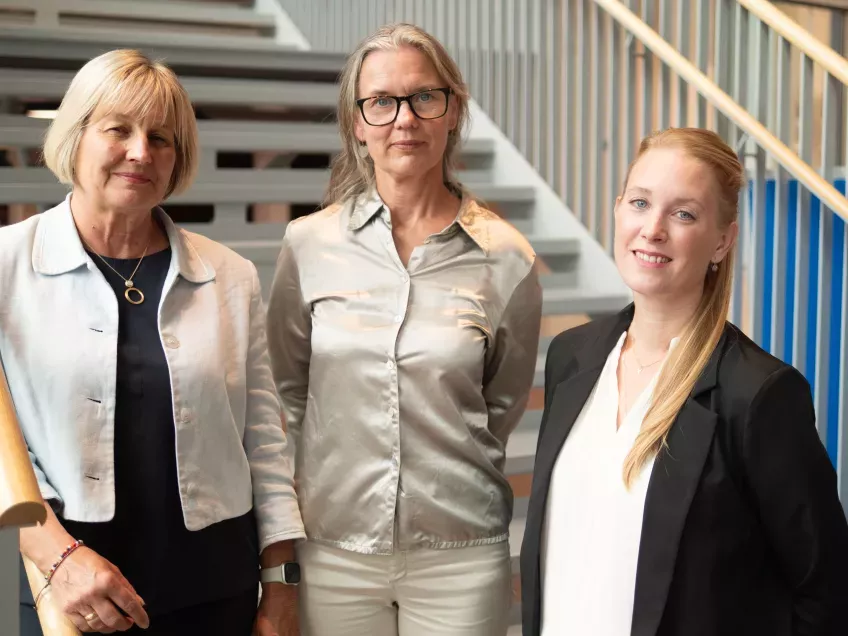International law supports women's right to breastfeed in the public. However, women report having been subjected to negative responses and judgmental looks when breastfeeding outside the home. This is according to a new study from Lund University in Sweden, based on surveys answered by women living in Sweden, Ireland and Australia.
The researchers behind the study say that societies everywhere need to give clearer, explicit support for breastfeeding in public - and that society needs to welcome breastfeeding, regardless of the setting.
"Women and children lack access to public spaces. This affects opportunities to breastfeed when children need it, which in turn has a negative effect on both women and children," says Charlotta Dykes, doctoral student and paediatric nurse.
She illustrates that point with one of many similar statements from women in their study: "Just how hungry is my child, will they be okay until I get home? Is there a better spot close by? Can I easily turn to face the other direction?"
Along with researchers Christina Rubertsson and Pernilla Ny, Charlotta Dykes has gathered data from Swedish women who are breastfeeding or have previously breastfed. The women answered the following question, among others, "What do you think is important in order to encourage breastfeeding in society?" They then ranked the factors that made public breastfeeding possible in order of importance.
The research is based on an international collaboration with researchers in Ireland and Australia, who have also conducted the survey in their countries. In total, over 10,000 women with experience of breastfeeding completed a digital questionnaire.
"Our results provide insight into breastfeeding in public, describe what women experience, and reveal attitudes in society. In all three countries, women felt that the most important thing to encourage breastfeeding in society was to see other women breastfeed" said Christine Rubertsson, professor of reproductive, perinatal, and sexual health at Lund University and midwife at Skåne University Hospital.

Having a society that expresses clear support for breastfeeding in public is important. The places to which other have access should also be available to those who are breastfeeding. This is supported by several Swedish and international laws. Pernilla Ny lists examples that can be applied to the rights of mothers to breastfeed in public: The UN Convention on Human Rights. Gender quality is also regulated in the Global Goals, and the Discrimination Act clearly states that society should be equally accessible to everyone, regardless of sex.
"However, in our study we see many of examples to the contrary: how women who breastfeed their children in public face limited accessibility. This demonstrates a societal problem on many levels: women who want to breastfeed their children outside the home are restricted and cannot base their actions on their child's needs. As such, it is not merely the woman, child, and family who are affected, but everyone, to some extent," said the researcher and midwife Pernilla Ny.
Providing more breastfeeding rooms is not something researchers consider as a universal solution. While some women and children prefer a calm room that offers privacy and thus as a complement, such rooms may have their place. However, allowing for breastfeeding wherever needed is the best option for mothers and infants.
"It is telling that the breastfeeding rooms that do exist are often hidden away near the toilets. This flies in the face of what our results show - that breastfeeding needs to be made a lot more visible," concludes Charlotta Dykes.
Publication:
Link to the article in International Breastfeeding Journal:






